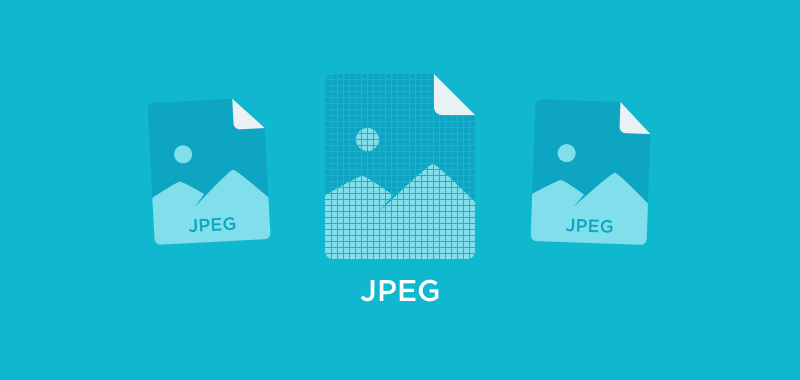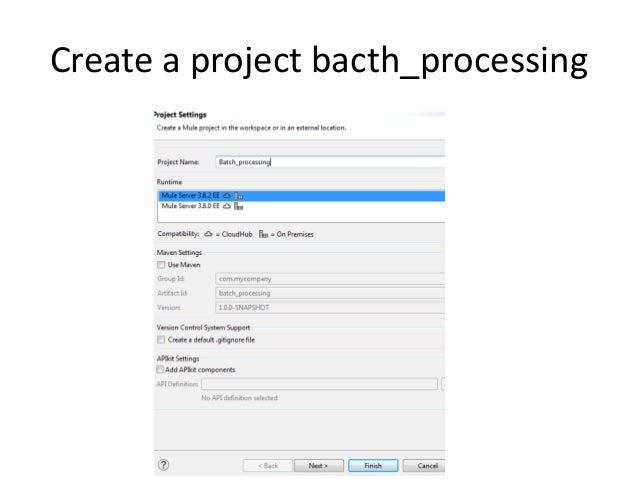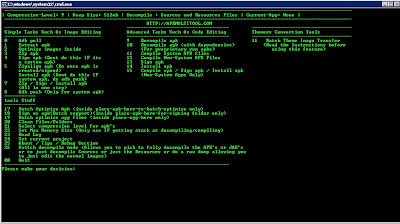

webP conversion mode - will only keep converted webP image file if the webP file is smaller than original image format.You can skip the backup question prompt for more advanced scripted runs of optimise-images.sh by setting variable UNATTENDED_OPTIMISE='y'. Each optimise run will prompt user to ask if they have backed up their image directory prior to batch optimisation and resizing and is now controlled via variable UNATTENDED_OPTIMISE='n' which is set to default.You can turn off static html gallery generation via option GALLERY_WEBP='n'. There are specific optimisation modes which allow for more convenient conversions to WebP format - including automatic generation of a lazy load supported static html gallery displaying side by side, the optimised original versus the WebP converted image as well as Ngnx syntax for WebP conditional serving.By default the resize and optimisation routines will check to see if an original image is transparent and/or is interlaced/progressive and will retain those image properties through the process.Support for GraphicsMagick is still a work in progress though so is not fully supported for all modes of operation. Optimisation modes highlighted in examples linked below allow you to batch resize and optimise images as well as convert them to WebP format via tools such as ImageMagick, JpegOptim, OptiPNG and optionally support Mozilla MozJPEG, Google ZopfliPNG and Google Guetzli.

This allows you to double check the optimised and resized images retain their properties you require like image transparency or whether or not image is interlaced/progressive.
The profiler runs are logged to directory defined by LOGDIR='/home/optimise-logs' so you can use command line tools like grep, awk etc to filter information or diff comparison tools to compare before and after optimisation profile logs. For processing speed, these are disabled by default with PROFILE_EXTEND='n'. Optionally, you can set PROFILE_EXTEND='y' to also display each individual images transparent and background colours. Profiler mode allows you to point the script to a directory of images and for JPG, JPEG and PNG files will profile and gather individual image's information such as image name, width, height, size, colour depth, whether it's a transparent image, image user/group permissions etc. When checked, after a successful execution of the batch job, the status column will contain the percentage of file decrease/increase next to each item (file in the list). When checked, the target files will have the same date/time as the original files. Use with care, as this will destroy originals. If checked, the source files will be deleted as long as they are not the same as the target. Uncheck to skip saving if a file with that name already exists in the destination folder When checked, all files from the destination folder having the same name with the resulting image will be overwritten. Batch settings Batch settingsĬurrently RIOT let’s you choose the following options: Press the Start button, sit back and relax until all images are processed.Īs the batch optimizer cannot work if an open image is already opened in RIOT, you must unload it to use the Batch feature. Adjust the Batch settings by pressing on the Settings button on top and then confirm them with “Apply”. Choose the output folder (that is where all optimized images will go !). Make sure you select only the needed tasks. Note: As long as an additional task settings pane is visible, then RIOT considers you want to apply that task to all images. If you want to use additional tasks like Resize, Rotate, Flip, Compress to size you can select them from the drop down menu labeled “Additional tasks”. 
You can select there single images (keep Ctrl key pressed to select more than one image) or even add whole folders and sub-folders.
Load all images using the drop down menu options from “Add images”. A common scenario when optimizing several pictures is to load one image, play with the settings inside RIOT until you happy with the results, then open the Batch optimizer to use the same settings for all images. The same settings used for a single image are used in Batch mode, including format settings, Metadata, Mask and Image Adjustments. 
You can use the Batch optimizer to process multiple images at once.








 0 kommentar(er)
0 kommentar(er)
